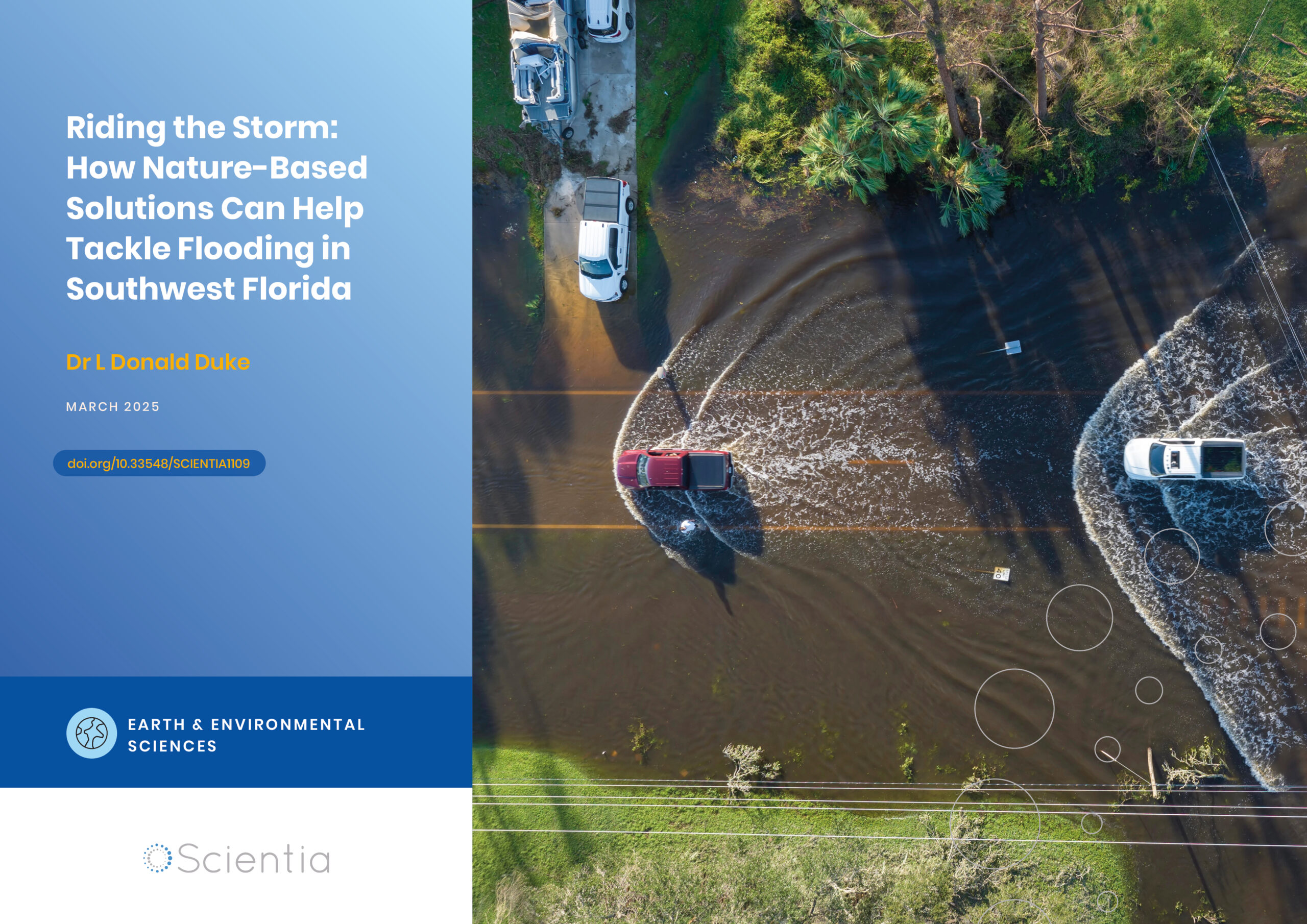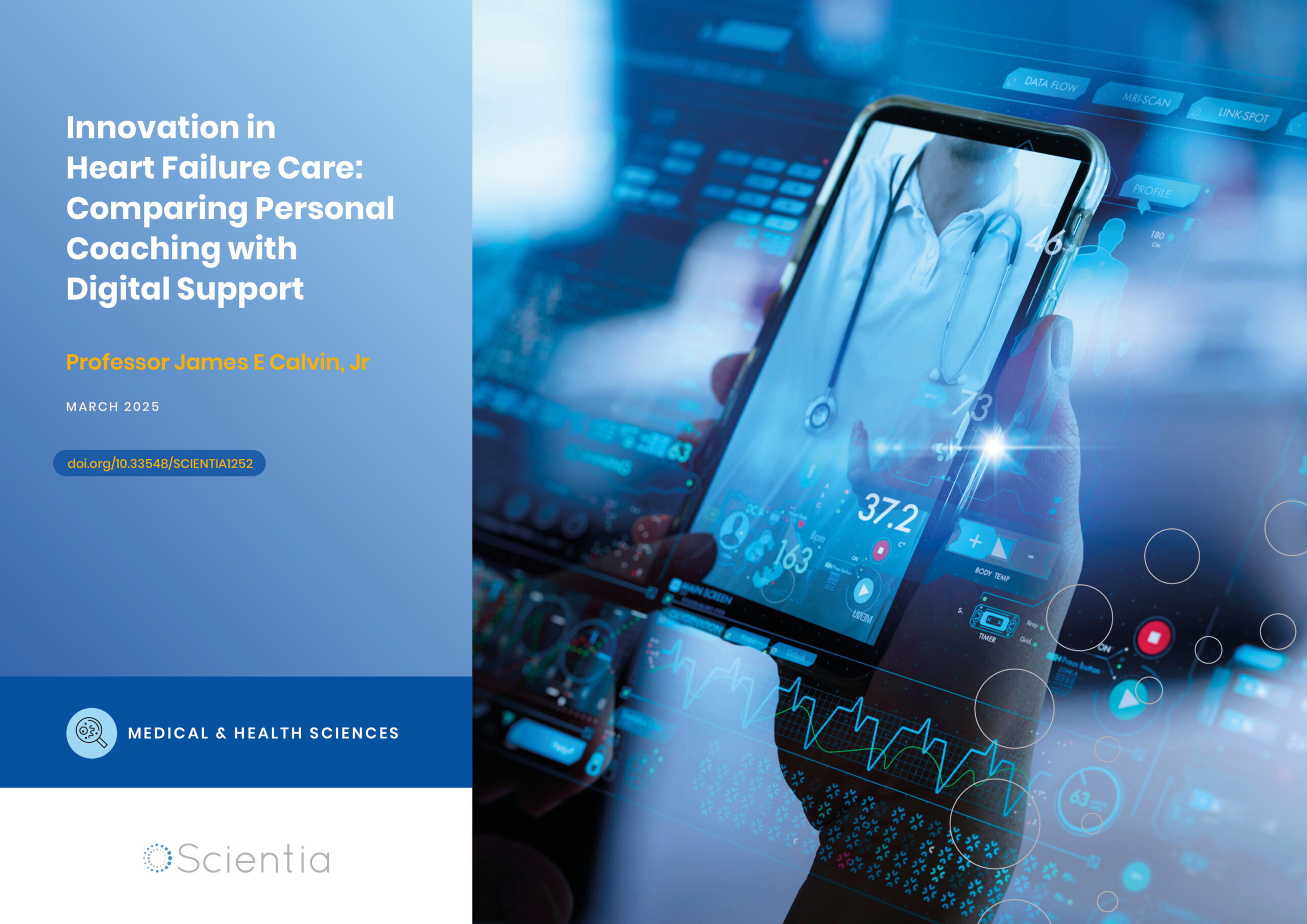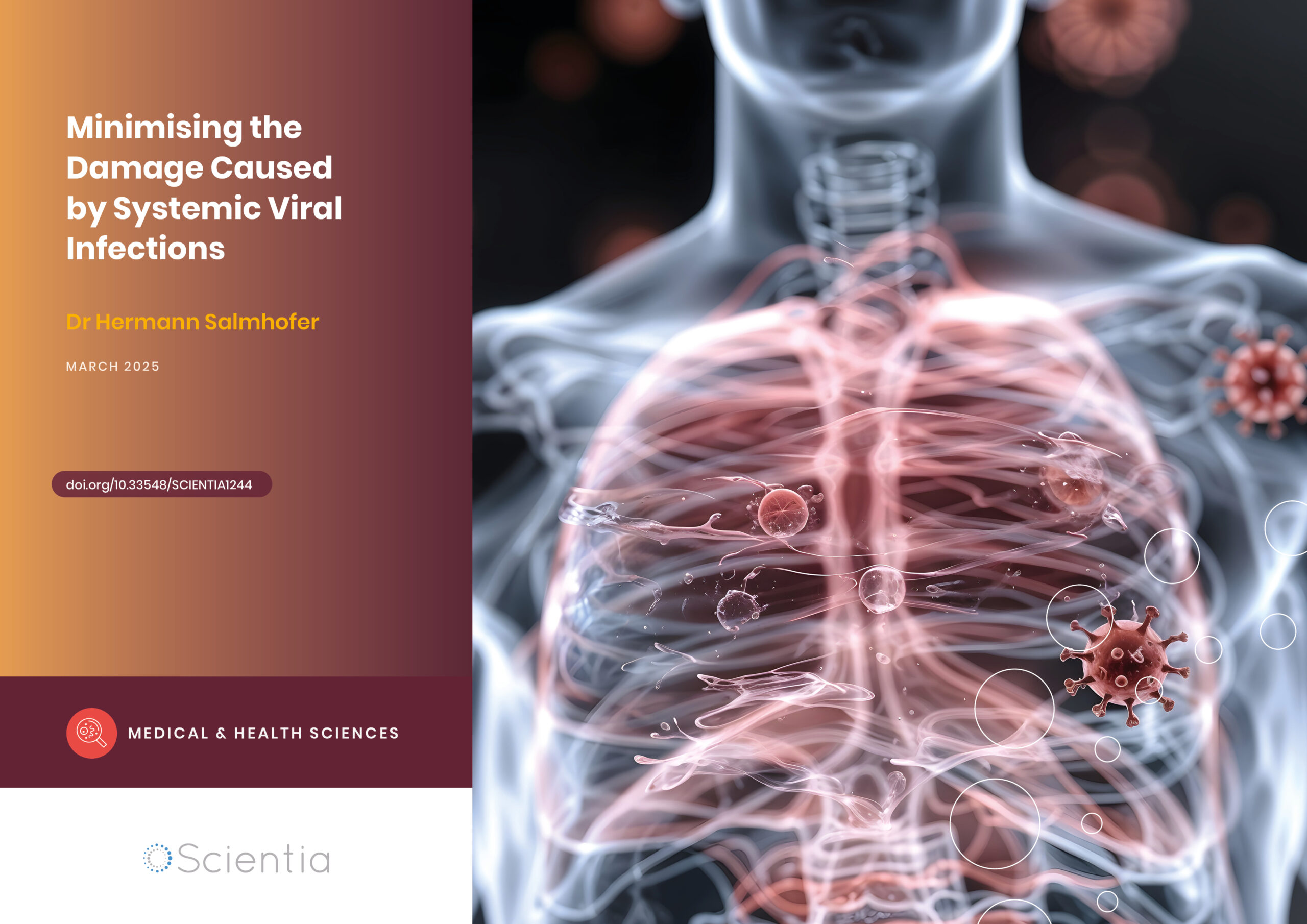New Frontiers of Sound: A Quiet Revolution
Sound waves are all around us. They govern vibrations from the sweetest of sound to the most destructive earthquakes. Now, a team of researchers across the US has embarked on an ambitious project, named ‘New Frontiers of Sound’, which will pave the way for advanced technologies that operate using sound waves. Combining the expertise of more than 30 leading scientists and engineers from across the field of acoustics, the project promises to discover new properties of sound, while offering exciting opportunities for researchers from a diverse range of backgrounds.
Acoustic Waves
Although we spend little time thinking about them, sound waves constantly surround us, and permeate virtually every aspect of our lives. Scientifically, they are called ‘acoustic’ waves of compression and decompression, which propagate through materials as atoms and molecules bump into each other in chain reactions of energy exchange. These processes are now well understood by physicists, but, until now, they have not been widely exploited in the latest technologies.
In recent years, the study and application of acoustic waves has been somewhat eclipsed by the field of optics, which exploits the properties of light waves. However, these two phenomena share many similarities, for instance, they obey analogous governing mathematical equations.
The New Frontiers of Sound (NewFoS) team believes that, since sound offers fundamentally different properties to light, this overshadowing has been preventing many exciting acoustics-based technologies from coming to fruition. Through the NewFoS project, the researchers will focus on various areas and applications of sound wave manipulation, combining their expertise to rectify this issue. ‘We will leverage the analogies between sound and light to bring powerful concepts demonstrated with light to totally unexplored venues to control sound propagation,’ explains Dr Andrea Alù, one of the team leaders on the project.
Exceptional Points
Dr Alù and his colleagues at the City University of New York have explored the properties of ‘singularities’ in models of physical systems. At these so-called ‘exceptional points’, the mathematics needed to describe a system’s response becomes entirely different from that used for conventional systems. So far, Dr Alù’s work on exceptional points has been based on rare types of optical systems that exchange energy with their surrounding environments, making them useful for manipulating light waves in exotic ways.
These manipulations can be practically achieved using ‘photonic’ systems, which comprise engineered materials with features just a few nanometres across. Through experiments with these nanostructures, Dr Alù’s team determined that these features are ideally suited for enhancing sensitivity and manipulating light in highly unusual ways. This discovery yielded important insights for optical applications, including ultrasensitive measurements and better control over lasers. Through NewFoS, these findings will be extended to acoustic waves – with important implications for a wide range of sound-based technologies.

Breaking Symmetry
Most systems that transport energy are symmetric, which means that the amount of energy transmitted from a source to a receiver remains unchanged when the two devices are switched around. This phenomenon is known as reciprocity. ‘Listening to an echo is experiencing reciprocity,’ says Dr Chiara Daraio, another team lead on the project. ‘Hearing attenuation of sound intensity in a forest due to scattering by trees is experiencing reciprocity, as scattering leads to energy loss.’
At the California Institute of Technology, Dr Daraio’s team studied systems in which symmetry can be broken through the principle of ‘nonreciprocity’, meaning that if the source and receiver are swapped, and the direction of energy flow is reversed, a different amount of energy is exchanged between them. ‘Nonreciprocity can be used to create sound-based low energy loss devices and make the battery of your mobile device last longer,’ explains Dr Daraio.
Dr Daraio’s group uses advanced calculations and experiments to produce a new material with a repeating yet asymmetrical structure. As they hoped, the researchers found that nonreciprocity could emerge in different systems and at different frequencies, contributing to the design of one-way transport for acoustic waves – similar to that observed in electrical diodes. In addition, they identified the mechanisms responsible for this symmetry breaking – which would prove critical for the new devices and technologies planned as part of the NewFoS project.
One-way Travel
On larger scales than those investigated by Dr Daraio, symmetry breaking can occur in acoustic waves with a wide variety of shapes – which can be quantified by their wavelengths and amplitudes. NewFoS team lead Dr Massimo Ruzzene at the University of Colorado, Boulder investigated how the most extreme form of nonreciprocity can be recreated in acoustic waves: a completely one-way flow of sound, where no energy would be transmitted if a source and receiver were switched. To do this, his team devised a setup in which a beam of aluminium was partially covered in tightly packed, repeating arrays of patches that impart mechanical forces as they gather electrical charge. These patches were then connected to circuits and switches that periodically varied the mechanical properties of the beam over time as the waves passed through. Through experiments, Dr Ruzzene and his colleagues demonstrated that within a certain band of frequencies, the beam could be manipulated to allow waves to freely travel in one direction, but completely block them in the other.
Quantum-like Sound Waves
At the same time as these studies, project lead Dr Pierre Deymier at the University of Arizona focused on the intriguing similarities between acoustic waves and ‘entangled’ quantum particles – one of the most famous and mysterious properties of quantum mechanics. The phenomenon describes how pairs of particles can stay linked to each other, even when they become separated by large distances. Importantly for Dr Deymier’s team, entanglement is also comparable to a property that emerges in propagating waves, known as ‘nonseparable’ states. In previous studies, nonseparable states have been observed experimentally using laser beams, but not with sound waves.
For the first time, Dr Deymier and his colleagues demonstrated this using a specialised ‘waveguide’ – an instrument typically used to direct waves along particular paths while sustaining minimal losses. In this case, nonseparable states were produced by stacking multiple sound waves on top of each other and linking them to the elastic waveguide through which they propagated. This setup allowed the researchers to carefully prepare and tune the shapes of the intricately connected waves as they travelled. At last, this result opened a clear door to the application of sound in modern technologies.

Sensing Forests
In addition to this study, Dr Deymier has explored how acoustic wave sensing could provide useful new ways to monitor the distribution of vegetation across the Earth’s surface. In this study, his team introduced a new technique for exploiting acoustic waves that travel through the ground, such as seismic waves emanating from earthquakes, which become scattered and distorted by the roots of trees. Using simulated model forests, Dr Deymier’s team calculated how these waves would respond to different arrangements and densities of trees.
The researchers found that acoustic waves in the ground are, in fact, extremely sensitive to these arrangements – displaying characteristic scattering patterns that depend strongly on tree distribution. They now hope that their results could lead to important new ways to characterise tree distributions, with applications including improvements to forest management and conservation, especially in more remote areas. Overall, the study clearly demonstrated just how broad the potential benefits of acoustic science can be.
New Frontiers of Sound
Each of these lead researchers, as well as the wider NewFoS team, foresees a ‘quiet revolution’ in the field of ‘topological acoustics’. Now teaming up to bring sound to the forefront of scientific research, they are joined by an educational team led by Dr Sara Chavarria at the University of Arizona. Through this program, NewFoS will also promote greater involvement of researchers in typically underrepresented demographics.
The team has set out three goals for achieving these results. Firstly, the researchers will develop new techniques for producing miniaturised devices that can process large amounts of information encoded into sound waves. Secondly, they aim to produce acoustic wave-generating devices that offer far more tuneability than their previous counterparts. Finally, they will develop accurate acoustic sensors embedded into materials that could become invaluable for monitoring the infrastructures of technologically integrated ‘smart cities’ – all with lower signal losses than previous devices.
The NewFoS team hopes that by realising these aims, they will ‘maximise the positive societal impacts from the pursuit of a new science of sound for information processing, communications, and sensing, and to leverage these societal impacts to foster successful and integrated transitions along education-to-professional career paths for a diverse workforce.’

Setting Out a Mission Plan
Ultimately, the NewFoS team hopes that their work will enable us to fully exploit the physical properties of sound waves for the broadest societal benefits, and attract the interest of partners in industry. At the same time, they will develop programs to educate and mentor a workforce encompassing researchers from a diverse variety of backgrounds and demographics. To do this, the NewFoS researchers have drawn out a mission plan centred around three central areas.
Firstly, the team will use advanced data science to build new materials and structures – combining their expertise to make informed decisions of how to manipulate sound waves in the most effective ways. Secondly, they will fabricate miniaturised devices that incorporate these materials using techniques such as 3D printing, which will enable intricate, repeating structures to be fabricated on small scales. Finally, they will develop techniques for incorporating sound waves from across the spectrum of acoustic frequencies, keeping their applications as broad as possible.
New Opportunities for Sound
As the modern technological landscape becomes ever more diverse and expansive, the NewFoS team hopes that their project will accelerate an expansion of the role that acoustic waves play in driving progress further. Their efforts will unite groups as wide-ranging as technologists, researchers, leaders, and policymakers to realise these goals, incorporating a combination of cutting-edge science and coordinated collaboration.
The researchers now hope that with the success of NewFoS, the science of sound may soon play a greater role in improving our everyday lives. ‘We imagine a world in which miniaturised devices process massive sound-encoded information in way current computers cannot; acoustic wave devices enable a generation revolution in low loss, tunable, multifunctional wireless technologies; and embedded, distributed acoustic-sensors with high sensitivity and selectivity reveal and monitor the infrastructure integrity of smart cities and augment human performance in the work environment,’ concludes Dr Deymier.
Reference
https://doi.org/10.33548/SCIENTIA513
Meet the researchers
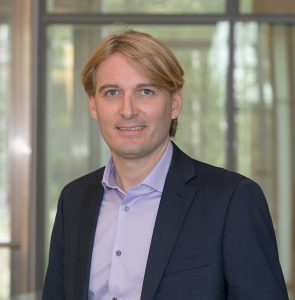
Dr Andrea Alù
Advanced Science Research Center,
City University of New York
Dr Andrea Alù received his PhD from the University of Roma Tre, Italy, in 2007. He was the Temple Foundation Endowed Professor at UT Austin until 2018, when he became the founding director of the Photonics Initiative at the Advanced Science Research Center at the City University of New York (CUNY) and Einstein Professor at the CUNY Graduate Center. Dr Alu’s research focuses on a wide range of research interests, from nano-optics and photonics to acoustics and metamaterials.
E: aalu@gc.cuny.edu
W: http://www.alulab.org/
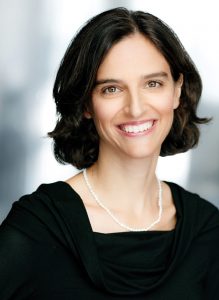
Dr Chiara Daraio
Department of Mechanical Engineering and Applied Physics,
California Institute of Technology
Dr Chiara Daraio completed her PhD at the University of California San Diego in 2006, and has since been on the faculty at Caltech. She is a Professor of Mechanical Engineering and Applied Physics. Dr Daraio’s research group focuses on engineering new materials, for applications in areas including robotics, medical devices, and vibration absorption.
E: daraio@caltech.edu
W: http://www.daraio.caltech.edu
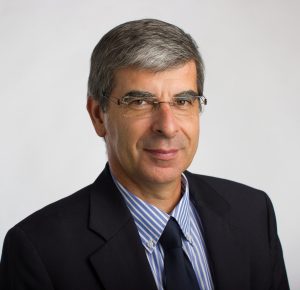
Dr Pierre Deymier
Department of Materials Science and Engineering,
The University of Arizona
Dr Pierre Deymier completed his PhD at Massachusetts Institute of Technology in 1985. He has worked at the University of Arizona ever since, where he heads the Department of Materials Science and Engineering. As well as research interests relating to acoustics and nanotechnology, Dr Deymier is currently involved in a variety of mentorship schemes that increase students’ engagement with practical science, and enhance opportunities for underrepresented students.
E: deymier@email.arizona.edu
W: https://mse.engineering.arizona.edu/faculty-staff/faculty/pierre-deymier
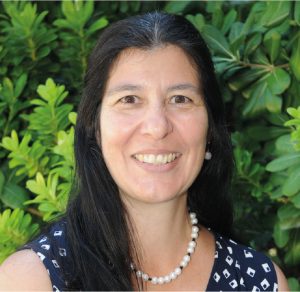
Dr Sara Chavarria
College of Education,
The University of Arizona
Dr Sara Chavarria is the Assistant Director of Science, Technology, Engineering and Mathematics (STEM) at the University of Arizona. She is dedicated to designing and conducting educational programs which enhance the learning experience of underserved and underrepresented students and the teachers who work with them. Dr Chavarria is involved in a variety of education research programs, including NAVIGATE and SBAR.
E: spchavar@email.arizona.edu
W: https://www.coe.arizona.edu/content/chavarria-sara-p
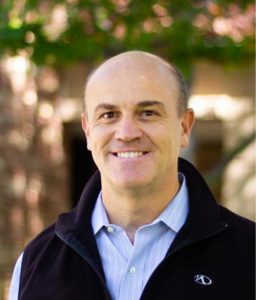
Dr Massimo Ruzzene
College of Engineering and Applied Science,
University of Colorado, Boulder
Dr Massimo Ruzzene is a Professor at the Paul M. Rady Department of Mechanical Engineering, with research interests including wave propagation and structural health monitoring. The insights gathered through his work have had several important societal impacts, including reductions of the effects of vibrations and noise on closed environments and transport systems.
E: massimo.ruzzene@colorado.edu
W: https://www.colorado.edu/mechanical/massimo-ruzzene
KEY COLLABORATORS
Joshua Levine, Nirav Merchant, Samy Missoum, Keith Runge, Helen Zhang, Pierre Lucas, Krishna Muralidharan, Andrew Wessman, Hao Xin, Arif Hasan, Tribikram Kundu, Kathleen Melde, Ravi Tandon, Sara Chavarria, Regina Deil-Amen, Kasi Kiehlbaugh, Alaina Levine, Blaine Smith & Sherard Robbins, University of Arizona
Noah Finkelstein & Elisabeth Stade, University of Colorado Boulder
Nicholas Fang & Keith Nelson, Massachusetts Institute of Technology (MIT)
Nicholas Boechler, University of California San Diego
Yuanxun Ethan Wang, University of California Los Angeles
Michael, Leamy, Georgia Institute of Technology
Alexander Khanikaev, CUNY
Derrick Hylton, Spelman College
FUNDING
National Science Foundation, Emerging Frontiers in Research and Innovation Program

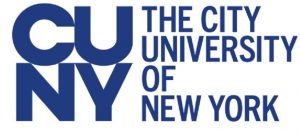


Creative Commons Licence
(CC BY 4.0)
This work is licensed under a Creative Commons Attribution 4.0 International License. 
What does this mean?
Share: You can copy and redistribute the material in any medium or format
Adapt: You can change, and build upon the material for any purpose, even commercially.
Credit: You must give appropriate credit, provide a link to the license, and indicate if changes were made.
More articles you may like
Dr L Donald Duke | Riding the Storm: How Nature-Based Solutions Can Help Tackle Flooding in Southwest Florida
Florida grapples with mounting challenges related to inland flooding due to heavy precipitation, along with coastal flooding from rising sea levels and coastal storms. One important approach to address precipitation-originating flooding is to embrace land use practices runoff management in the upstream portions of at-risk watersheds, where sustainable design can relieve the pressures on drainage systems from continuing dense urban development in the low-lying Florida landscape. Dr L Donald Duke, from The Water School at Florida Gulf Coast University, plays a pivotal role in this endeavour. His work encompasses creating and evaluating flood-resilient land use practices and planning to manage stormwater runoff on the watershed scale.
Professor James Calvin | Innovation in Heart Failure Care: Comparing Personal Coaching with Digital Support
Heart failure remains one of the most challenging conditions facing healthcare systems today, with hundreds of thousands of new cases diagnosed annually. Professor James Calvin from Western University’s Schulich School of Medicine and Dentistry has led groundbreaking research comparing two innovative approaches to supporting patients: personal health coaches and smartphone reminders. His team’s findings suggest that combining human support with digital technology could transform how we help patients manage this complex condition.
Dr Hermann Salmhofer | Minimising the Damage Caused by Systemic Viral Infections
The mechanisms via which viral diseases infect and progress within the human body have become the subject of intense scrutiny since the emergence of the serious respiratory condition COVID-19, although many other viruses remain woefully under-researched. Recently, Dr Hermann Salmhofer and colleagues at the Paracelsus Medical University in Salzburg, Austria, have described the successful treatment of a harmful systemic virus affecting the kidneys, and suggest a possible new treatment target to mitigate the progression of the disease and prevent the development of permanent organ damage. Their findings, combined with broader research on viral infections, highlight the critical importance of both preventive measures and targeted treatments in managing viral diseases.
Revealing the Intricate Links Between Metabolism and Reproduction
The brain plays a vital role in controlling reproductive functions. It helps to maintain a delicate balance of hormones, all of which can be affected by the metabolism. Investigating the impact of the metabolism on reproductive development and function is critical to a better understanding of health and diseases. Professor Carol Fuzeti Elias and Dr Cristina Sáenz de Miera Patín from the University of Michigan in the USA, carry out groundbreaking research in neuroscience, exploring the molecular and neural mechanisms at play.

